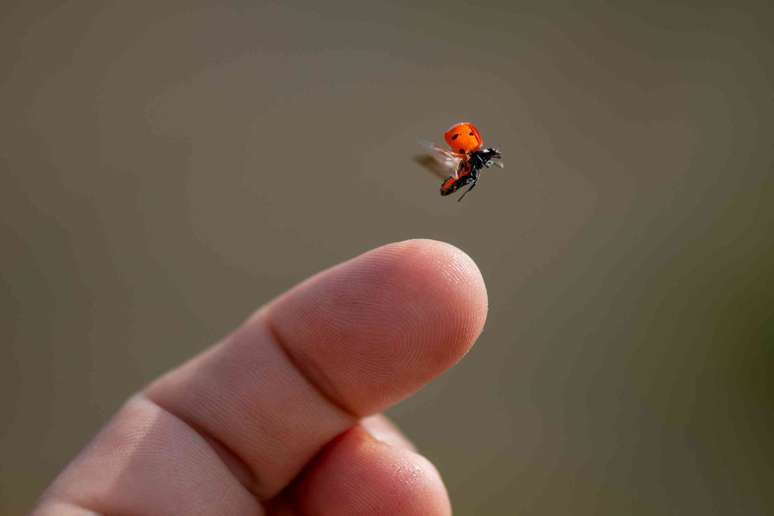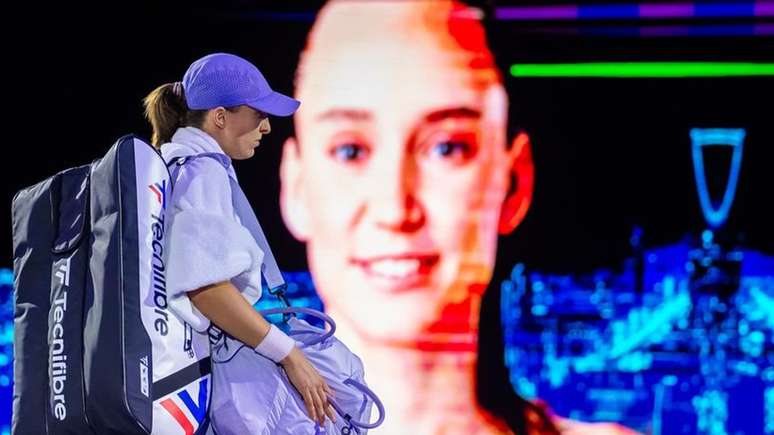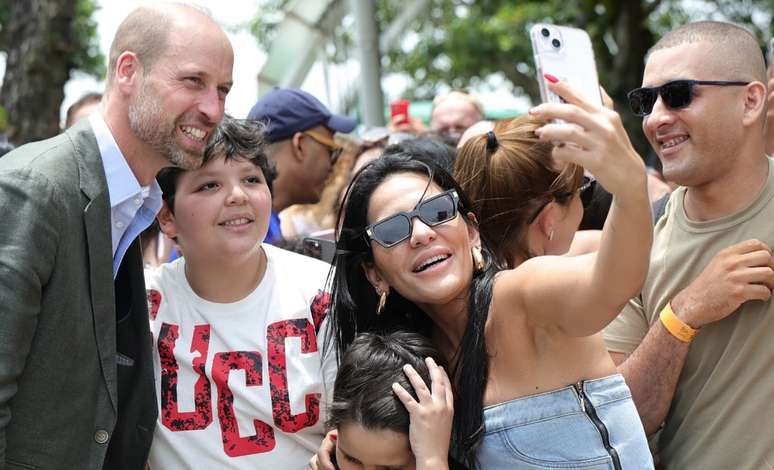Meet choanoflagellates, the microscopic cousins of animals.
The next time you go swimming in natural waters, be it a lake, a river or the sea, you will probably share the water with one of your smaller but closest relatives.
This close relative is a microscopic single-celled organism called a choanoflagellate. Scientists are still perplexed as to how animals evolved from such simple origins. But a new scientific paper describes the discovery of an important new clue.
Choanoflagellates, like most single-celled organisms, can survive only in water, where they spend much of their lives as a single cell, no more complex than an amoeba.
However, they are more closely related to our realm of life than any other type of organism: choanoflagellates are cousins of animals. Etched into the structure and function of choanoflagellate cells and written into their DNA code, scientists are finding evidence that shows how the first animals evolved.
Before we get to the new clue, it’s worth thinking about what makes animals unique. As I describe in my new book, the simple answer is that, compared to most other living things, animals have large, complex bodies made up of many cells. Our body contains tens of trillions of cells, and even a tiny fruit fly has nearly a million of them.
Our early animal ancestor must have evolved a way for its many cells to come together and form a superorganism from a series of cooperative cells.
Early animals must also have invented ways to produce the different types of cells we have today: muscle cells, nerve cells, eggs, and sperm, to name a few. The division of labor between different types of cells is one aspect of what is, without a doubt, the greatest invention of early animals: embryogenesis.
This is the first period of an animal’s life, when, from a single fertilized egg, cell division begins to create all the cells that will make up the animal. Each of these cells then takes on its specific task and finally the numerous cells are carefully organized to form a functional organism.
Scientists hope that studying choanoflagellates will help understand how these abilities initially evolved.
Choanoflagellates do not have large, complex bodies and do not undergo embryogenesis. However, they have some animal-like qualities. Your cells, for example, can take on many different shapes with different functions.
Just as our cells can take the shape of a nerve or muscle, choanoflagellates can change from the standard shape of funnel and flagellum to become amorphous, changing blobs, like an amoeba.
Choanoflagellates can also form small multicellular colonies. In the presence of some species of bacteria, they join together into small groups of cells called rosettes. Rosettes appear to form because they are better at capturing bacteria (which choanoflagellates feed on) than the cells of individual organisms.
The rosettes may grow a little, but when they reach a size of about ten cells, the bonds between the cells stretch and break, splitting the rosettes in half to form two smaller rosettes of cooperating choanoflagellates.
The resemblance of these rosettes to the early stages of an animal embryo appears to be a coincidence. Unlike the animal embryo, they are not destined to develop into anything else. The new study concerns the growth of these rosettes.
In many animals, from mice to flies, there is a small group of genes that work together to control the size of different organs – how many cells they contain. Nicknames Hippopotamus, Warts AND Yorkieit seems that these genes are named after a gang of bandits.
They are collectively known as the “hippo route”. When Hippo pathway genes are mutated in a growing fly or mouse embryo, the result is flies with enormous eyes or newborn mice with monstrous livers.
In adult humans, when Hippo genes mutate, they can produce cancerous tumors from cells that divide uncontrollably.
Choanoflagellates have a number of genes in common with animals. Even though they don’t have organs like eyes or livers (or embryos or cancer), they do have the Hippopotamus “gang” genes. The new paper first describes how the researchers developed a new technique that allows scientists to target any gene in a choanoflagellate so that it can be deliberately mutated.
When the Warts gene was mutated, the rosettes of cells became twice as large as normal, containing 20 or more cells. This uncontrolled growth is very similar to what was observed in previous studies with flies, mice and some types of human cancer.
The details of how Hippo pathway genes control rosette size are not yet known. But the new work adds to the picture we are building of the single-celled precursor of animals. It is another animalistic characteristic that choanoflagellates have.
If we traveled back in time to find this tiny animal, we would never mistake it for a member of the Animal Kingdom. But even then we would find in their repertoire some skills that would prove useful in the evolution of animals.
Evolution took available materials – the ability to create different types of cells, to bring them together, to regulate their numbers, and so on – and modified them. From these beginnings, natural selection did its work, giving rise, 600 million years later, to the incredible diversity of the Animal Kingdom, from jellyfish to flies to tapeworms to starfish and you.

Max Telford does not consult, work for, own shares in, or receive funding from any company or organization that would benefit from the publication of this article, and has not disclosed any relevant relationships beyond his academic role.
Source: Terra
Rose James is a Gossipify movie and series reviewer known for her in-depth analysis and unique perspective on the latest releases. With a background in film studies, she provides engaging and informative reviews, and keeps readers up to date with industry trends and emerging talents.







